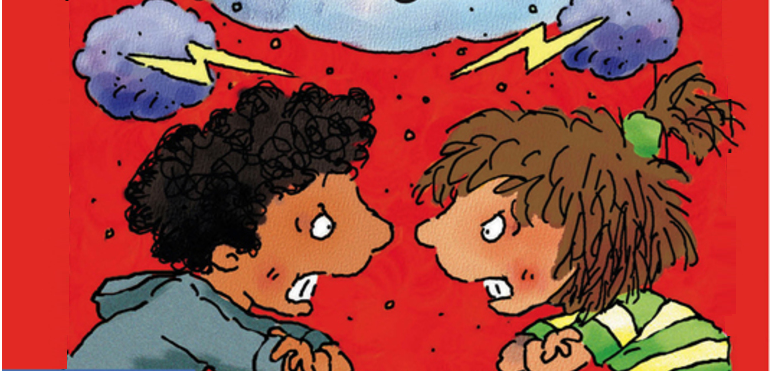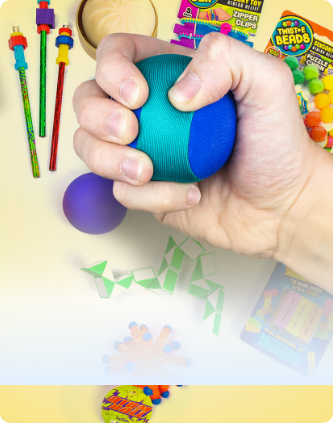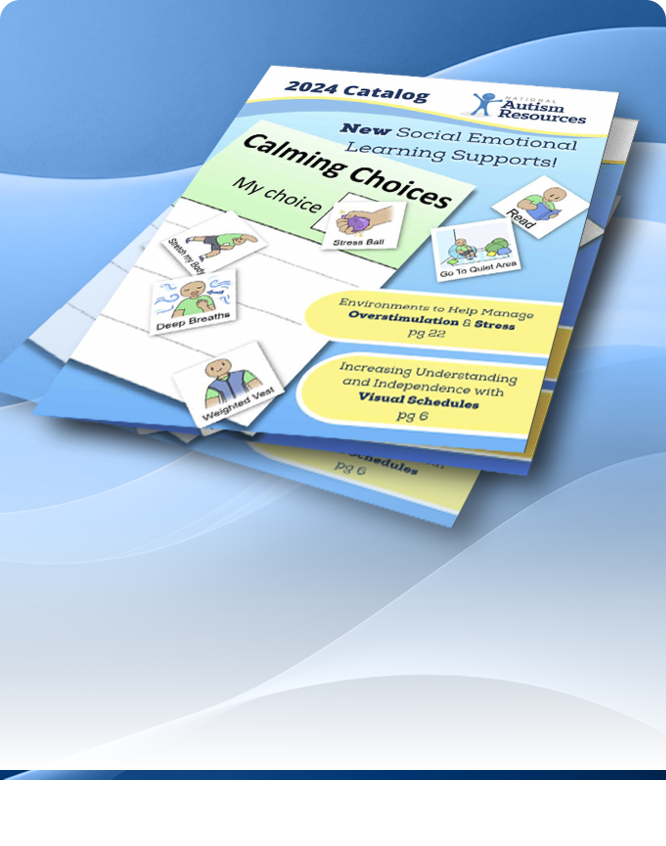Helping Kids Know Their Body’s Anger Signs, Calm Down, and Manage Anger
Posted by An excerpt adapted from How to Take the Grrrr Out of Anger by Elizabeth Verdick and Marjorie Lisovskis (Free Spirit Publishing), copyright © 2003. Used with permission. on Oct 20th 2017

If there’s one positive thing about anger, it would have to be that it gives you extra energy. But that very same energy can make you feel like you’re ready to fight or explode. So, what are you supposed to do with all that energy? First, you need to cool down so you can calm down. Doing this will put you back in control. How? Here are five quick ideas:
Cooling Down: Quick Ways to Get the Grrrr Out
Helping Kids Deal with Anger
Get physical! Make use of the energy that anger produces in your body. Go outside and run around. Or do something indoors, like dancing fast to music that makes you feel good, or doing jumping jacks.
Do something with your hands! Try squeezing a pillow, squeeze ball, or a big clump of clay or mud. Another idea is to make two fists, and then throw open your hands—as if you were tossing your angry feelings away.
Talk “smart” to yourself! Talking to yourself (out loud or inside your head) is a way to stay in control—and that’s smart. Maybe you’re thinking, “I’m so mad I can’t stand it!” Instead, tell yourself, “I can keep my cool,” or “I can get some help here instead of getting angry.”
Breathe! Breathing helps you calm down because it brings oxygen to your brain. Breathe in deeply while counting: 1 – 2 – 3 – 4 – 5. Let the air fill your lungs. Then breathe out slowly while counting: 5 – 4 – 3 – 2 – 1.
Five Steps to Taming That Temper
Once you’re calm, you should be ready to tame that temper. You’ve got the power to cut it down to size. To make it easier, try it in steps, like these:
Step 1: Know what pushes your “anger buttons.” You probably could name a few things you’ve gotten angry about. Think of these as your anger buttons. You get mad when they’re pushed. Here are some things kids often feel angry about:
- getting teased or pushed around
- being told to do something they don’t want to do
- not being allowed to do something they want to do
- being left out of a game
- getting bossed around
- getting criticized
- not getting enough attention
It helps to know what your anger buttons are, so ask yourself about them. Then, if your buttons are pushed, you can stop, take a deep breath, and pull yourself together. Just because you’ve gotten mad in the past doesn’t mean you have to react that way now.
Step 2. Know your body’s anger “warning signs.” If you pay close attention, your body will tell you when you’re getting mad. You may:
- feel hotter.
- get shaky or tense.
- feel like your thoughts are spinning out of control.
- get a headache or stomachache.
- feel jumpy or helpless or ready to burst.
- want to yell or cry.
Whenever you’re mad, take a moment to notice the ways your body reacts. Those are your warning signs. Think of them as your own personal “heads-up.”
Step 3. Stop and think.
Next time you get mad, stop and think about what’s going on. Ask yourself:
- What happened that made me angry?
- What else did I feel when it happened?
Here’s an example: Suppose you were mean to your little brother and his friend. Your dad or mom found out and grounded you. That’s what happened.
Maybe while you were picking on the younger kids, you felt strong and powerful. Or maybe you felt guilty or unhappy with yourself. Then, when your parent disciplined you, you may have felt sorry about what you’d done, or disappointed about missing out on something you’d planned to do. So you got angry. Those are all the feelings that tell you what else you felt when it happened.
Being able to answer those two important questions can help you understand your feelings better and figure out if you need to talk to someone about what’s going on. Plus, you’ll be thinking instead of just letting your anger build.
On the other hand, maybe you’re simply angry. Who wouldn’t be mad if their sister broke their favorite video game or it poured rain on the day of the big soccer tournament? Even if anger is the main thing you feel, it’s still a good idea to stop and think about those two questions. Doing this might make it easier for you to get to the next step.
Step 4. Cage your rage.
Anger is a strong emotion. But YOU are stronger. You have a choice about how to handle yourself. It takes a strong person to make the right choice. You can do it!
If you start to feel angry, walk away from whoever or whatever is making you mad, if this is possible. If you’re angry with a grown-up or another kid, you might first say, “I need a minute to calm down.” Head to the nearest bathroom and splash your face with cool water.
Don’t forget to BREATHE! A few deep breaths will help you think more clearly. Remind yourself: “I have the power to overpower my anger.”
Step 5. Decide what to do.
Once you’ve pulled yourself together, it’s time to figure out what to do about what’s making you mad. Doing something is important because it means you’re taking action. The trick is, don’t take a negative action, like hurting someone with your fists or your words. You want to make a good choice, not a bad one. When you make a good choice, you show your anger that YOU are the boss.
Here are three positive things you can do:
- Talk it out. Tell somebody how you feel. You know that talking to adults can help. So can talking to friends, especially ones who are good listeners. Ask for their advice. This isn’t about getting friends “on your side” against someone else. It’s about putting your heads together to solve a problem in a healthy way.
- Stand up for yourself. Suppose you’re angry because someone insulted you. Tell the person how you feel. You might say: “I don’t like what you said. I deserve more respect.” Or suppose you’ve been treated unfairly. You could stand up for yourself like this: “This isn’t fair. Let me tell you what really happened.”
- Express your feelings. Writing down feelings is a great way to handle them. You could write in a journal or diary. Or you could write a song or a poem. You might write about how you feel and what you do when you’re angry, or about what you can do to change any negative “anger habits” you might have. You could also express your feelings by drawing, painting, building something with a hammer and nails, singing, or playing music.







